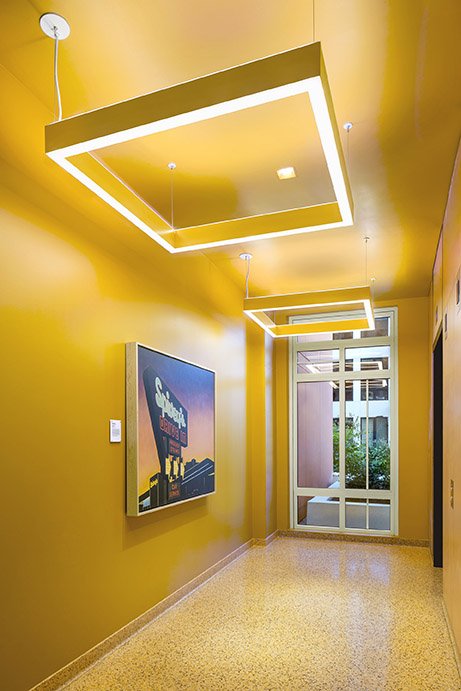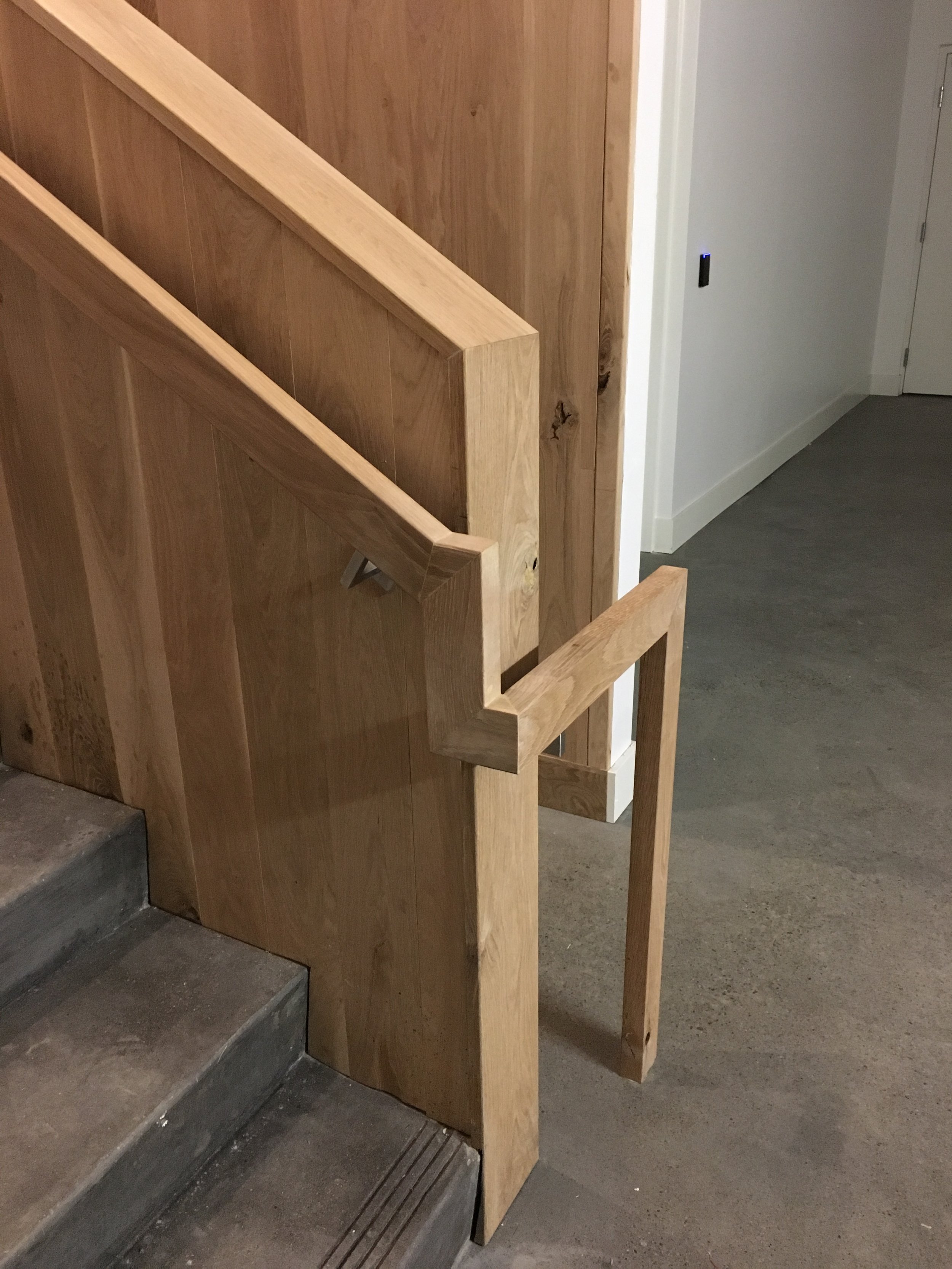MATERIALS: TERRAZZO
The Timeless Appeal of Terrazzo Floors
Terrazzo floors are celebrated for their beauty, versatility, and durability. While terrazzo has been gaining attention, its roots stretch back thousands of years, and its evolution only adds to its appeal.
A Brief History of Terrazzo
The origins of terrazzo can be traced to 15th-century Italy, where Venetian workers developed the technique as a cost-effective way to reuse marble scraps left over from high-end jobs. They mixed these marble chips with clay and then ground the surface to create a smooth finish. The word "terrazzo" comes from the Italian word for "terrace," a nod to its early use in outdoor areas.
However, the technique itself is believed to have even older roots in ancient Egypt and Mesopotamia, where builders used a similar method to create durable, mosaic-like floors. By the time terrazzo reached Venetian palaces, it had evolved into a prestigious material, admired for both its aesthetic qualities and practicality.
In the 20th century, terrazzo became widely popular, especially in post-war America, as the industrial process allowed for mass production. The material became a go-to for schools, airports, and government buildings, chosen for its long-lasting durability and ability to withstand heavy foot traffic.
Benefits of Terrazzo Floors
1. Durability: Terrazzo is incredibly hard-wearing, which is why it has been used in high-traffic spaces for centuries. Its combination of marble chips, granite, glass, or quartz embedded in a binder creates a surface that can last decades, if not centuries, with minimal wear and tear.
2. Sustainability: Terrazzo is a sustainable option, particularly when made with recycled materials. It often includes chips of marble, glass, and other aggregates that would otherwise go to waste. This quality, combined with its long lifespan, makes terrazzo a green choice for environmentally conscious designers.
3. Design Flexibility: The range of colors and aggregate materials used in terrazzo provides endless design possibilities. Whether you’re looking for something neutral or want to make a bold statement, terrazzo can be customized to suit any aesthetic. It can be used for floors, countertops, backsplashes, and even walls.
4. Easy Maintenance: Once installed and sealed properly, terrazzo floors require little maintenance. Regular sweeping and occasional mopping are all it takes to keep terrazzo looking pristine. Unlike hardwood or carpet, it doesn't require frequent refinishing or replacement.
5. Versatility: Terrazzo is adaptable to both traditional and contemporary spaces. It can be used in commercial settings like airports, schools, and shopping malls, or in residential projects where its seamless, polished finish offers a high-end, modern feel.
Why Terrazzo?
In recent years, terrazzo has re-emerged as a favorite in modern design, thanks to its sustainability and aesthetic appeal. With the renewed interest in mid-century modern design, terrazzo’s sleek, polished look has found its way back into homes, offices, and commercial spaces. Whether it’s used for flooring, countertops, or accent walls, terrazzo offers a timeless look that complements both minimalist and maximalist designs.
Terrazzo’s rich history and numerous benefits make it a standout choice for both modern and traditional interiors. Its ability to combine beauty with functionality ensures that it will remain a beloved material for years to come.
DESIGN: Building Code
Building codes are not the glamorous part of design BUT they are essential to functionality and safety of your spaces. As interior designers, we apply codes from the American with Disabilities Act and, since the majority of our projects are in California, we also adhere to the California Building Code. Additionally, we must consider city codes and the International Building Code. There are numerous codes to consult and ensuring your project is in compliance is critical to the overall design and success of our projects.
Our strategy is to always integrate building codes into the design process from the outset. This thoughtful approach ensures that our designs are both compliant and cohesive. For example, we always plan for our floor transitions to be flush, which can be challenging, especially in remodels. We do this because ADA codes state that transitions cannot exceed 1/4" in height, a code that also applies to area rugs. To achieve this, we document all floor material thicknesses for the contractor, allowing us to address any differences in the subfloor. This is particularly crucial when working with a concrete slab, where advance planning is necessary to depress the slab to accommodate the floor finish thicknesses. The result is not only code-compliant but also a clean and beautiful transition between materials.
Another area where we consult the building code during design and construction is stair design. Stairs must have a uniform rise and run, with a run not exceeding a ratio of 7” to 11”. Guardrails and handrails must also be at the correct heights, among other considerations. Despite careful planning during the design phase, changes often occur in the field during construction. However, because the initial design already incorporated the relevant codes, we can thoughtfully resolve construction issues while preserving the original design intent.
BEFORE AND AFTER: Metropolitan
The Metropolitan Apartments amenities in San Mateo were in dire need of a facelift. The dark stone, wood, and floors were oppressive to the residents, so we aimed to provide something bright and refreshing. In the clubroom, we started with a clean, white backdrop featuring an epoxy floor and Benjamin Moore’s Decorator White walls. We then added a custom acoustic green ceiling, bright accent furniture, and a warm oak wood wall to punctuate the space with vibrant, welcoming elements.
For the conference room, we removed all the dark, visually heavy built-in casework and started with a fresh white backdrop. We replaced the dark elements with green shelving and incorporated bright accent furniture to create a lighter, more vibrant space.





















